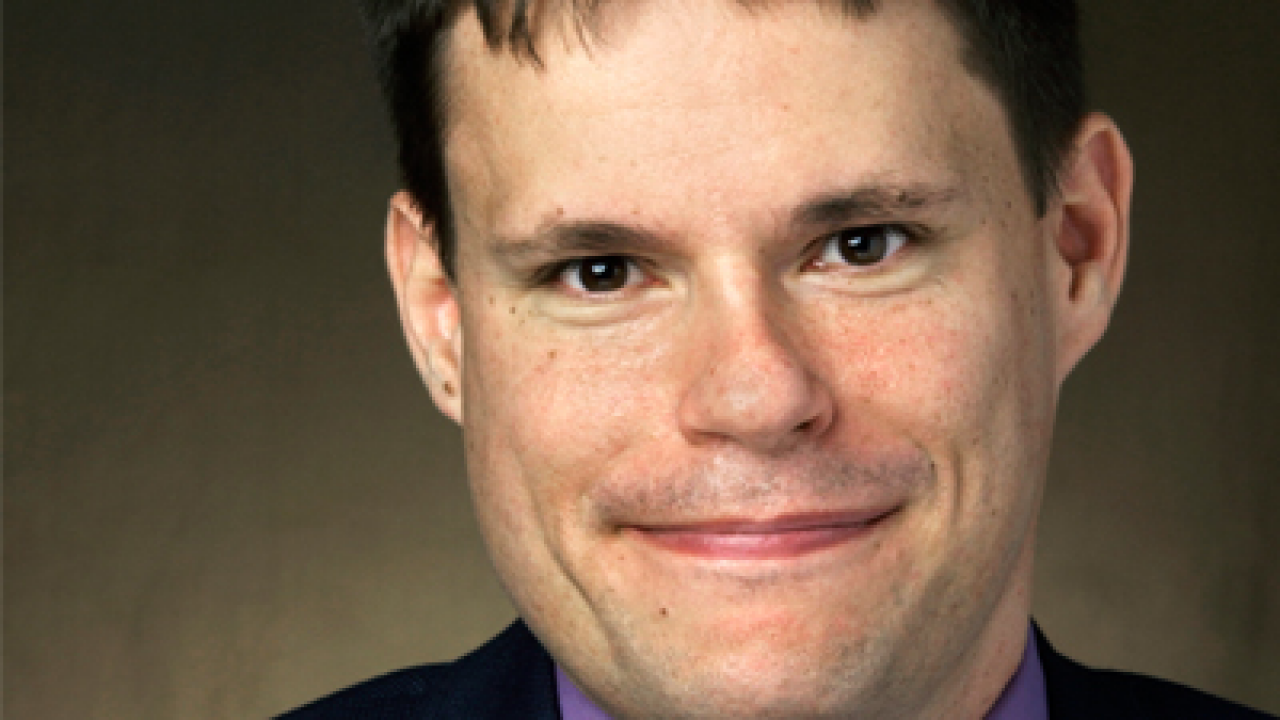July 11, 2018
PR pros must walk a tightrope with their frontline employees on social media

By Justin Walden, North Dakota State University
Frontline employees’ personal social media use can pose numerous behind-the-scenes challenges to public relations professionals and their organizations, according to a Arthur W. Page Center-supported study in Corporate Communications: An International Journal.
Thanks to a Page Center Legacy Scholars grant, I studied how strategic communicators navigate these challenges and how they guide employees’ posts about work on social media.
This project was born out of my interest in two important Page principles: 1) Organizations should listen to stakeholders and 2) Leaders should realize that their organization’s true character is expressed by the words and deeds of employees. These principles have important implications when it comes to reputation management with internal stakeholders.
As a number of experts have observed, frontline employees are valuable advocates for organizations and their brands when they share positive news about work on their personal social media accounts. Yet in the blink of one tweet from a disgruntled or uninformed employee, a company’s reputation can be imperiled.
To understand these issues, I interviewed 24 U.S-based PR practitioners and found that:
- Practitioners favored a reactive-technical approach to engaging with employees. Providing training and guidance for employees when they have questions about what to share is preferred over heavy-handed control over employee posts. Often, this involves answering technical questions about social media and providing general talking points for employees to consider.
- Practitioners are particularly mindful of their organizations’ relationships with communities. Positive messages on social media from employees can enhance how the organization is viewed by multiple community groups, including those in nearest physical proximity to their organization’s headquarters.
- Practitioners engage in what I term “incidental monitoring” of employee posts. Although environmental scanning is an important aspect of PR work, frontline employees’ social media accounts are off-limits for direct monitoring. Instead, practitioners will often rely on general search terms or have colleagues notify them if an employee is posting potentially harmful information about the organization.
As I wrote in the study, the threat of problematic employee posts is constant, even if the number of actual invention-warranting problems is quite low.
Naturally, strategic communicators want to see their firms portrayed in a positive light by all stakeholders. Yet when it comes to employees’ social media behavior, there is only so much that PR practitioners can do beyond reminding them of corporate policy.
If organizations are to demonstrate a healthy respect for employee boundaries between work and home and if they are to truly let their employees’ words and deeds define the organization in public spaces such as Twitter or Facebook, then PR practitioners must cede a degree of control over the corporate message to their frontline employees.
This research was funded by a 2015-2016 Page Center Page/Johnson Legacy Scholar Grant.
